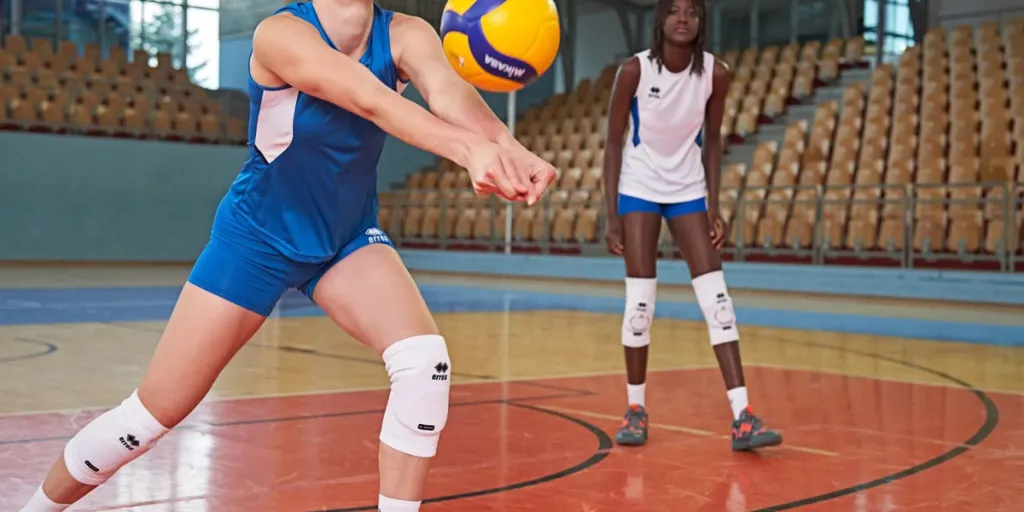Ever wonder why volleyball players don’t wear regular athletic clothes? It’s not just about looking good on the court (though that’s part of it). Every seam and every fabric choice helps athletes jump higher, dive farther, and spike harder. There’s a whole world of specialized gear designed to make competitive volleyball players faster, stronger, and safer—-and businesses can add them all to their sports inventory.
From compression shorts to knee pads, this article will explore five volleyball clothing items players need to become unstoppable on the court in 2024.
Table of Contents
What’s the current value of the volleyball clothing market?
5 volleyball clothing items that are necessary for the game
Extra items to add to your volleyball clothing inventory.
Conclusion
What’s the current value of the volleyball clothing market?
Volleyball clothing is a huge segment of the volleyball equipment market. According to Business Research Insights, the global volleyball equipment market size reached US$ 755 million in 2021. They predict it will readjust to US$ 1.139 billion by 2028 at a 6.0% compound annual growth rate (CAGR).
With volleyball gaining global popularity, the equipment market has witnessed significant growth. The rise of adaptive sports also pushed equipment development for players with disabilities, opening the market to a wider audience. The same report suggests that Asia Pacific will emerge as the highest contributor to the market.
5 volleyball clothing items that are necessary for the game
Volleyball jerseys
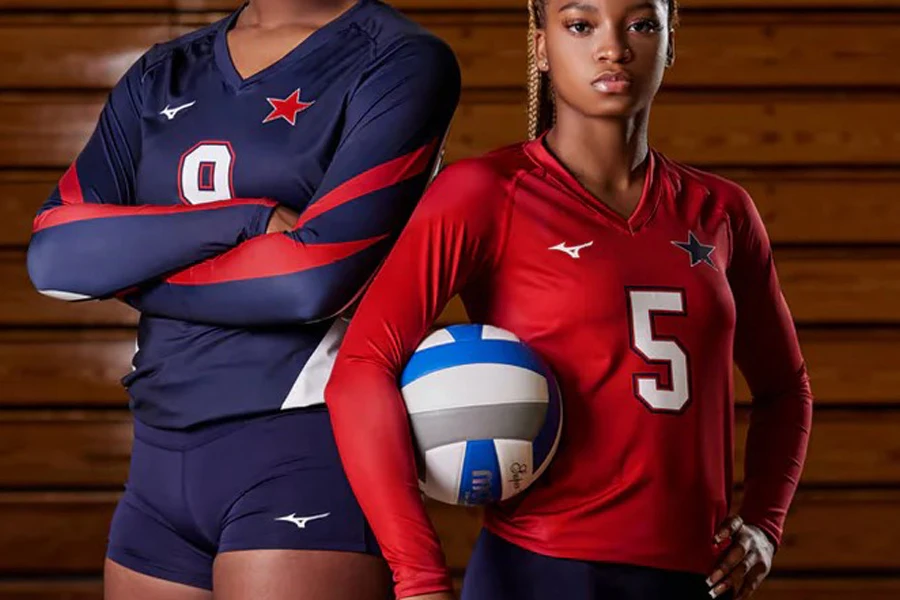
Volleyball is a fast-paced, dynamic sport played in mostly hot environments. For this reason, manufacturers make most volleyball jerseys from lightweight, breathable materials like polyester or nylon. These materials keep the player cool and comfortable while allowing maximum range of motion.
However, players in colder playing conditions are not exempt. They can opt for long-sleeved jerseys made from slightly thicker materials. While these jerseys still prioritize breathability and comfort, they provide additional warmth and protection from the elements.
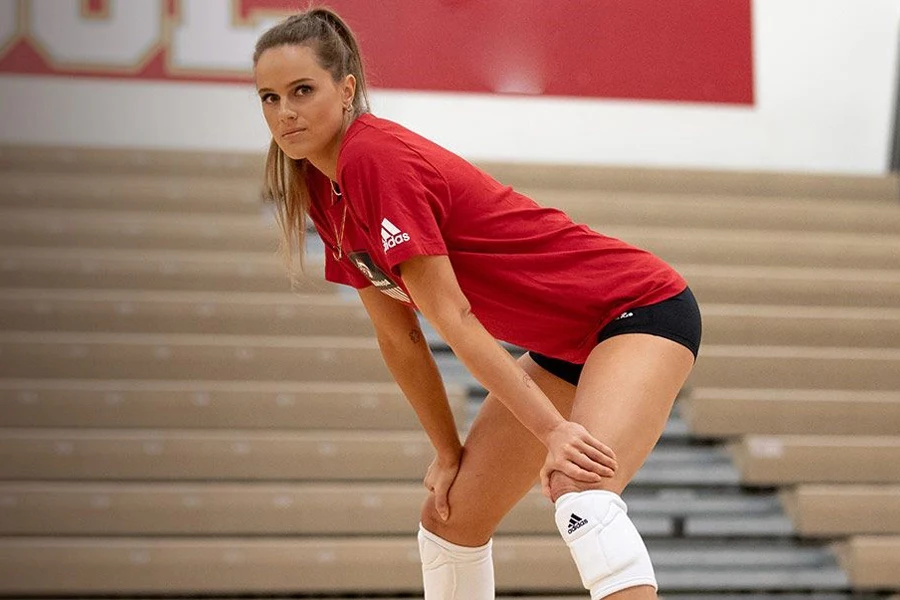
Whether lightweight or slightly thicker, volleyball jerseys always have form-fitting designs, even tighter than regular sports jerseys. They also feature moisture-wicking technology to help players stay dry and comfortable during intense matches. Businesses can offer volleyball jerseys in various styles, including sleeveless, short-sleeved, and long-sleeved options.
Additionally, volleyball jerseys come in two types: beach and indoor options. Volleyball jerseys are also in high demand this year. According to Google data, they attracted 33,100 online searches in May 2024.
Shorts
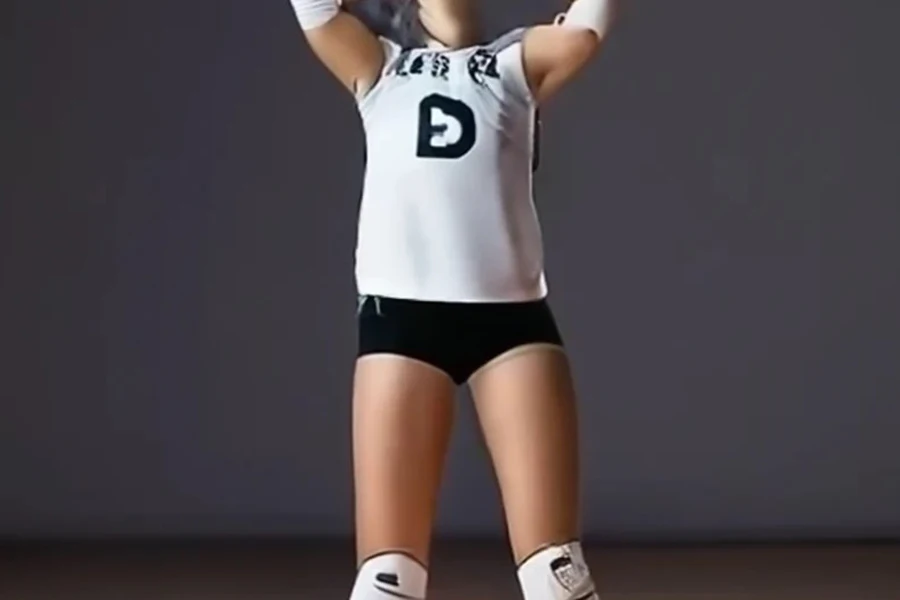
Like jerseys, manufacturers craft volleyball shorts from lightweight, breathable materials like polyester or spandex. These materials give volleyball shorts maximum airflow and flexibility, crucial for quick movements and explosive jumps. Since volleyball involves diving and floor contact, these shorts are incredibly durable and feature reinforced stitching to withstand wear and tear.
In addition, volleyball shorts often feature compression fits that help support muscles and reduce fatigue during long matches. This snug fit reduces distractions by stopping the shorts from riding up or shifting during play. Many volleyball shorts also have moisture-wicking benefits to keep the lower body dry during intense, fast-paced matches and prevent annoying chafing.
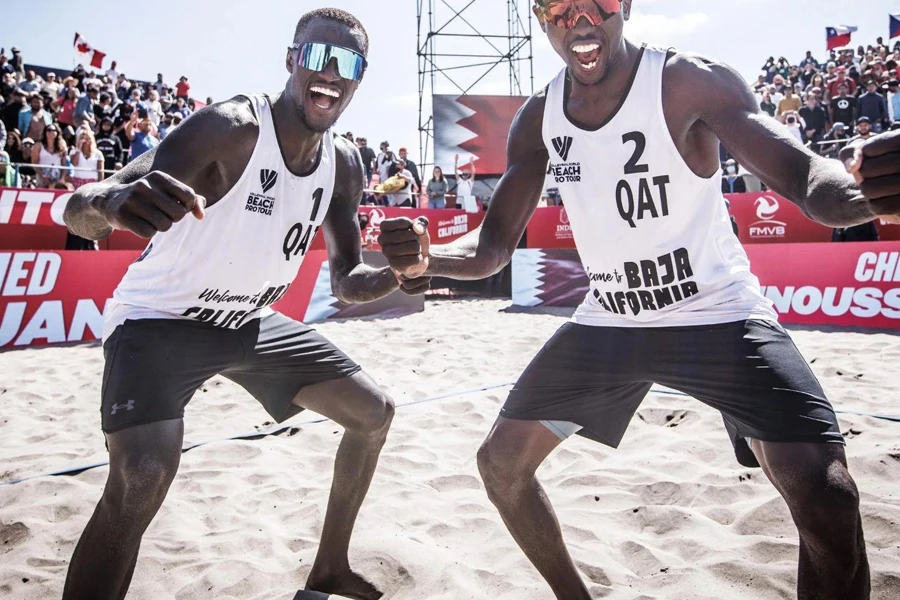
More importantly, volleyball shorts offer various lengths, from shorter inseams (for maximum movement freedom) to longer options (for extra coverage and support). While female players prefer compression fits, men often play in looser-fitting options. According to Google data, volleyball shorts raked in 60,500 searches in May 2024.
Volleyball shoes
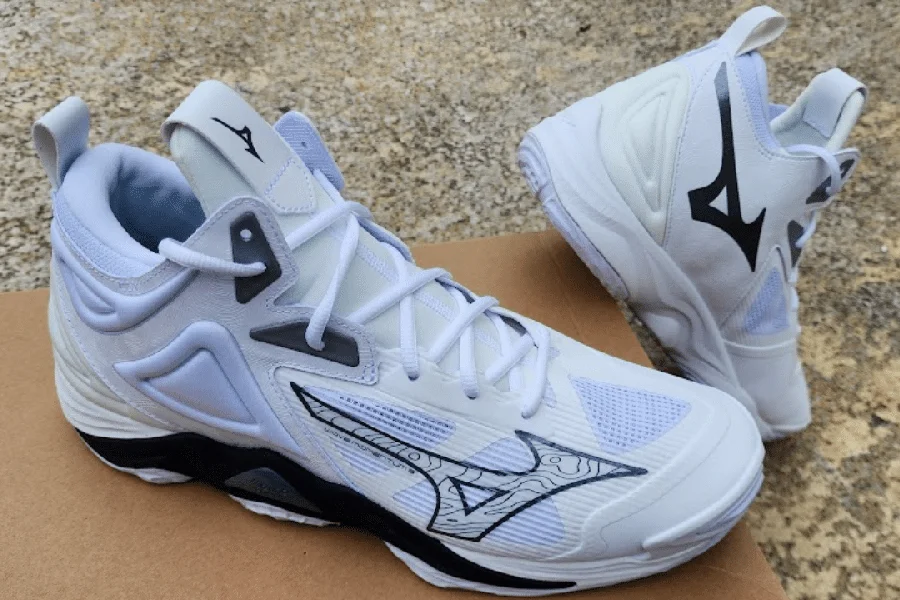
Volleyball shoes have everything players need to pull off explosive moves and turns safely. For starters, these shoes feature gum rubber outsoles that provide excellent traction on indoor court surfaces. It also helps prevent slipping and sliding when making sudden stops, quick movements, and changes in direction.
Additionally, volleyball shoes have specialized cushioning systems, often with gel or foam technology. This unique feature prevents all that jumping and landing from affecting the player’s joints (ankles, knees, and back). These shoes also have lateral support features, like outriggers or wider bases for extra stability—no more ankle rolls or sprains.
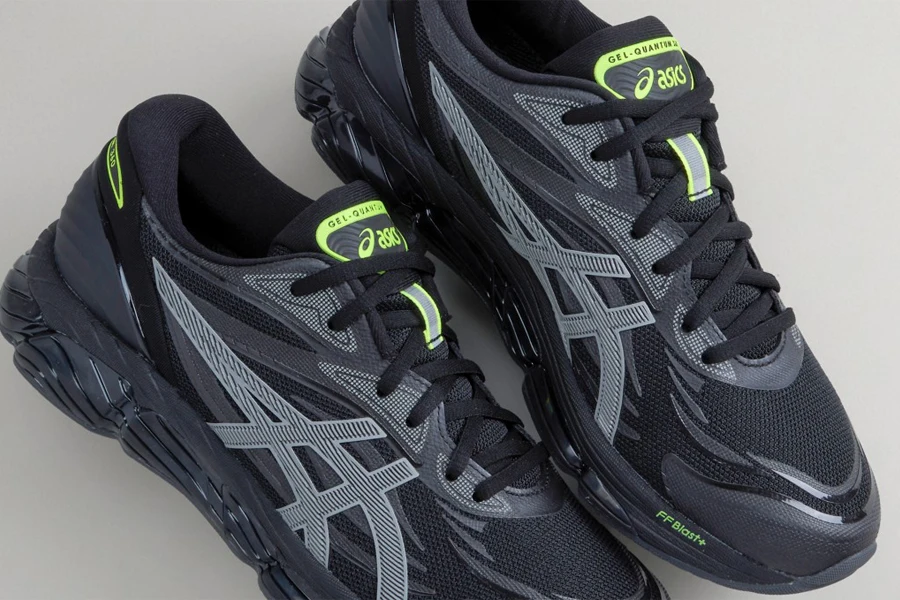
Some manufacturers even create specialized shoes for different player positions. For example, outside hitters may want shoes, with more cushioning for jumping and landing, while setters may focus on lighter shoes for quick movements. Volleyball shoes are popular, averaging 135,000 searches in May 2024.
Protective gear

While experts don’t consider volleyball a high-contact sport, it involves jumping, diving, and quick movements. These actions can easily stress the joints and increase the risk of injuries. Hence, many volleyball players need protective gear, especially at competitive levels.
Knee pads are the most essential protective gear for volleyball players. They cushion the knees during dives and falls, preventing bruises, scrapes, and more serious injuries like ligament damage. They also averaged 165,000 searches in May 2024.
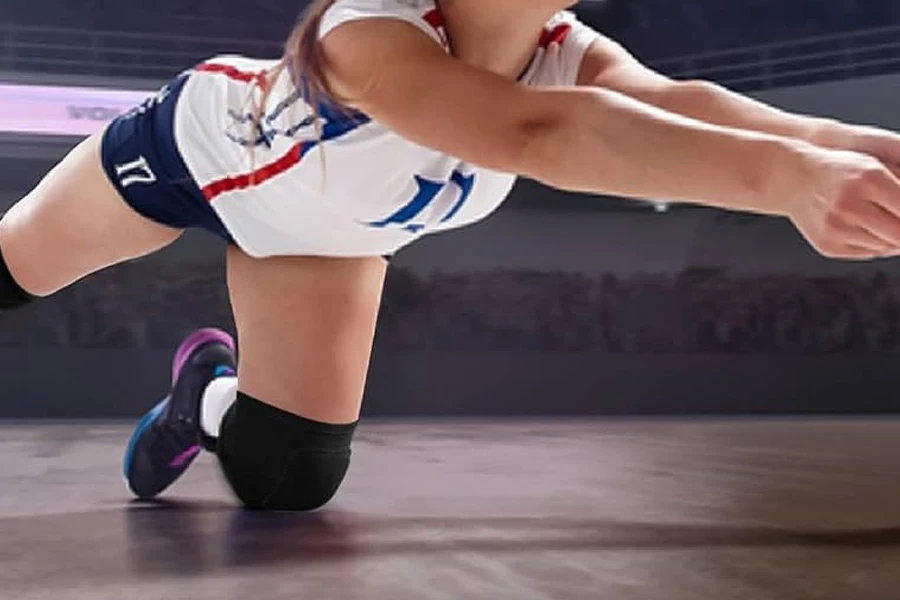
Ankle braces are another essential protective gear volleyball players need. They provide support and stability, reducing the risk of ankle sprains and twists. These braces are handy for players with a history of ankle injuries or who play on hard surfaces. Ankle braces also generated 165,000 searches in May 2024.
Socks and arm sleeves
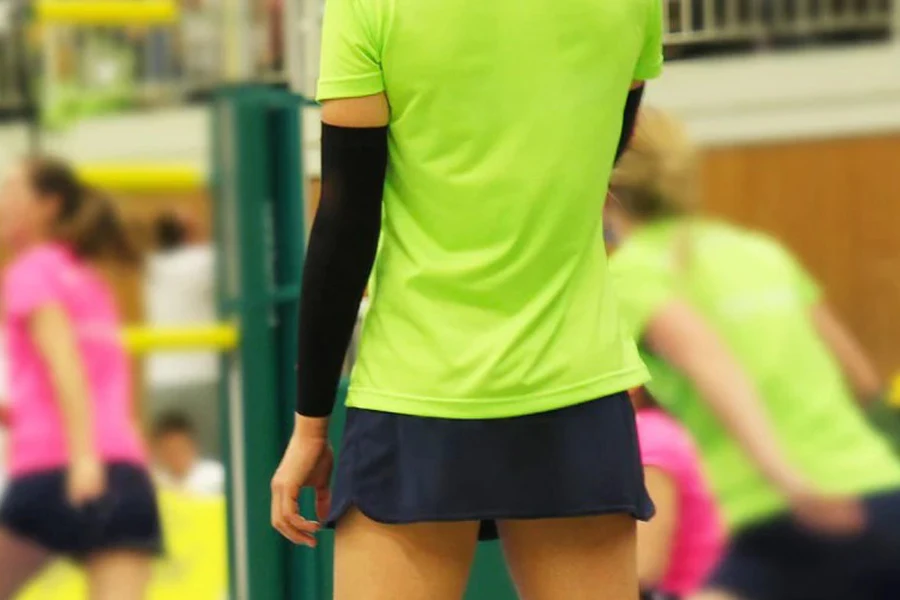
Volleyball players use socks and arm sleeves for various reasons, both practical and performance-enhancing. Volleyball socks have one primary purpose: moisture management. Players wear them to keep their feet dry and prevent blisters from ruining their gameplay.
Volleyball socks also have extra cushioning to absorb any impact that escapes the shoes during jumps and landings. Plus, they are grippy enough to prevent players from slipping inside their shoes, especially during quick movements and direction changes. These socks attracted 2,900 searches in May 2024 (based on Google data).
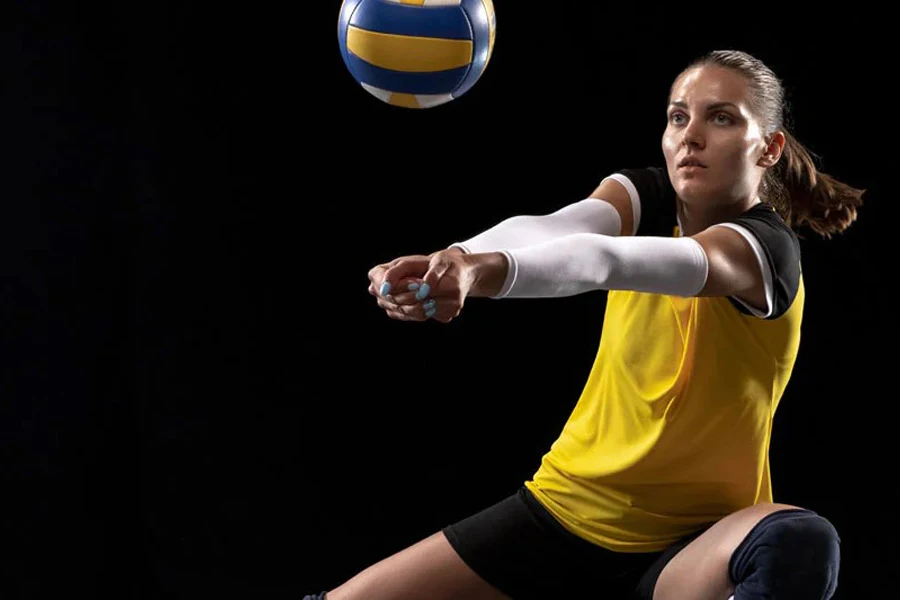
On the other hand, arm sleeves (110,000 in May 2024) are primarily for compression. They can help improve blood circulation and reduce muscle fatigue during long matches. Arm sleeves also support the player’s muscles and joints, reducing the risk of strains and sprains. Plus, they provide extra warmth in colder environments and offer some protection against minor scrapes and bruises from floor contact.
Extra items to add to your volleyball clothing inventory
Hair ties/headbands

Hair ties and headbands serve functional and stylish purposes for volleyball players. On the practical side, they can keep hair out of the face, do sweat management, and maintain hairstyles. For style, players wear matching hair ties or headbands for team unity. It can help with personal expression or making fashion statements.
Sweatbands

Like headbands, sweatbands help absorb sweat from the forehead and wrists, preventing it from dripping into the eyes and hands. Plus, sweatbands can also be a fashion statement and a way for players to express their style or show team unity.
Conclusion
Volleyball, like every other sport, has its required clothing for maximum performance and safety. While casual players don’t care about what they wear, competitive athletes and teams need these garments for their various benefits. Volleyball jerseys, shorts, volleyball shoes, arm sleeves and socks, and protective gear are all essential for the game.
Hence, business buyers can add them to their sports inventories. Some other items, while not required, can also help improve gameplay and are worth selling—these include sports bras, headbands/hair ties, and sweatbands.
Find more key insights and tips from other sports articles by subscribing to the sports section of Alibaba Reads.
